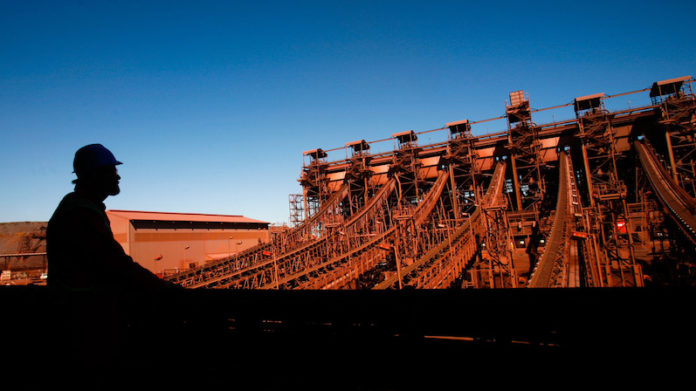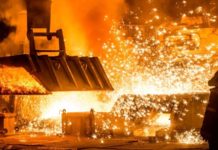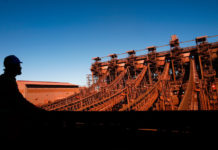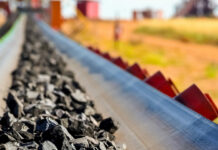
KUMBA Iron Ore took it on the chin both financially and operationally in the six months to end-June as production dropped from both its mines in South Africa’s Northern Cape province while the iron ore price plunged.
While some improvements are forecast for the second half of the year to end-December, management expectations are that the iron price will stay at the current levels to which it has dropped at a faster rate than anticipated.
Kumba received an iron ore price of $136/ wet metric ton fob (free on board) Saldanha Bay in the six months to end-June compared with $220/wmt for the comparable period in 2021.
According to Timo Smit, executive head of marketing and seaborne logisitics, the Platts 62% IODEX CFR (cost and freight) Index averaged $140/t for the first six months of 2022 but has subsequently fallen below $100/t which is a development Kumba had not expected to happen before December.
Kumba realises a premium on its sales above the Platts index because of the higher grade of its ore product. The group’s averaged received price for the first half of the year was 15% above benchmark.
Kumba’s expectations are the Platts price will remain below $100 for the rest of year meaning the average Platts price for the year will be around $120/t.
Smit commented: “There are quite a few headwinds emerging, particularly the weak property market in China which makes up some 40% of steel demand in country.
“There is a lot of pressure on the Chinese property market as well as significant impact on sections of the economy in general because of the enforced lockdowns from the zero covid strategy.
“Against this is the economic stimulus strategy from the Chinese government targeting infrastructure but that accounts for only around 15% of steel demand and we think it is outweighed by the weak property market.”
Goldman Sachs said in a report today that the iron ore market would swing into a “significant surplus” of about 67 million tons (Mt) in the second half of the calendar from a previously forecast deficit of 56Mt.
“Crucially, this sharp swing into oversupply reflects a combination of both extended property related onshore demand weakness and a sharp deceleration in ex-China steel demand, compounded by a largely unchanged supply path,” it said.
On the operations side Kumba was affected by high rainfall during the first quarter and safety issues at the Kolomela mine. Total production for the six months to end-June dropped 13% to 17.8Mt ( previously comparable period 20.4Mt) with production from Sishen dropping 7% and a 25% decline reported for Kolomela.
Kumba CEO, Mpumi Zikalala said safety stoppages were increased at Kolomela “as a preventative measure given heightened safety risks in challenging working conditions”.
Iron ore sales level-pegged at 19.7Mt (19.5Mt) but, to achieve this, Kumba had to draw down stock levels on the mines to 4.5Mt from 6.1Mt at end-December in order to maintain export sales.
Kumba’s stocks at Saldanha Bay are also below satisfactory levels – in part due to railage issues – but Zikalala was careful in her comments on the situation regarding Transnet.
“Our product stocks are a bit low at the port. We are working with Transnet for improvements we need to see from a rail perspective”.
On the bottom line Kumba’s profit for the period halved to R15.1bn (R30.6bn) with basic earnings of R36/share (R72.8/share). An interim dividend of R28.7/share (R72.7/share) has been declared.










